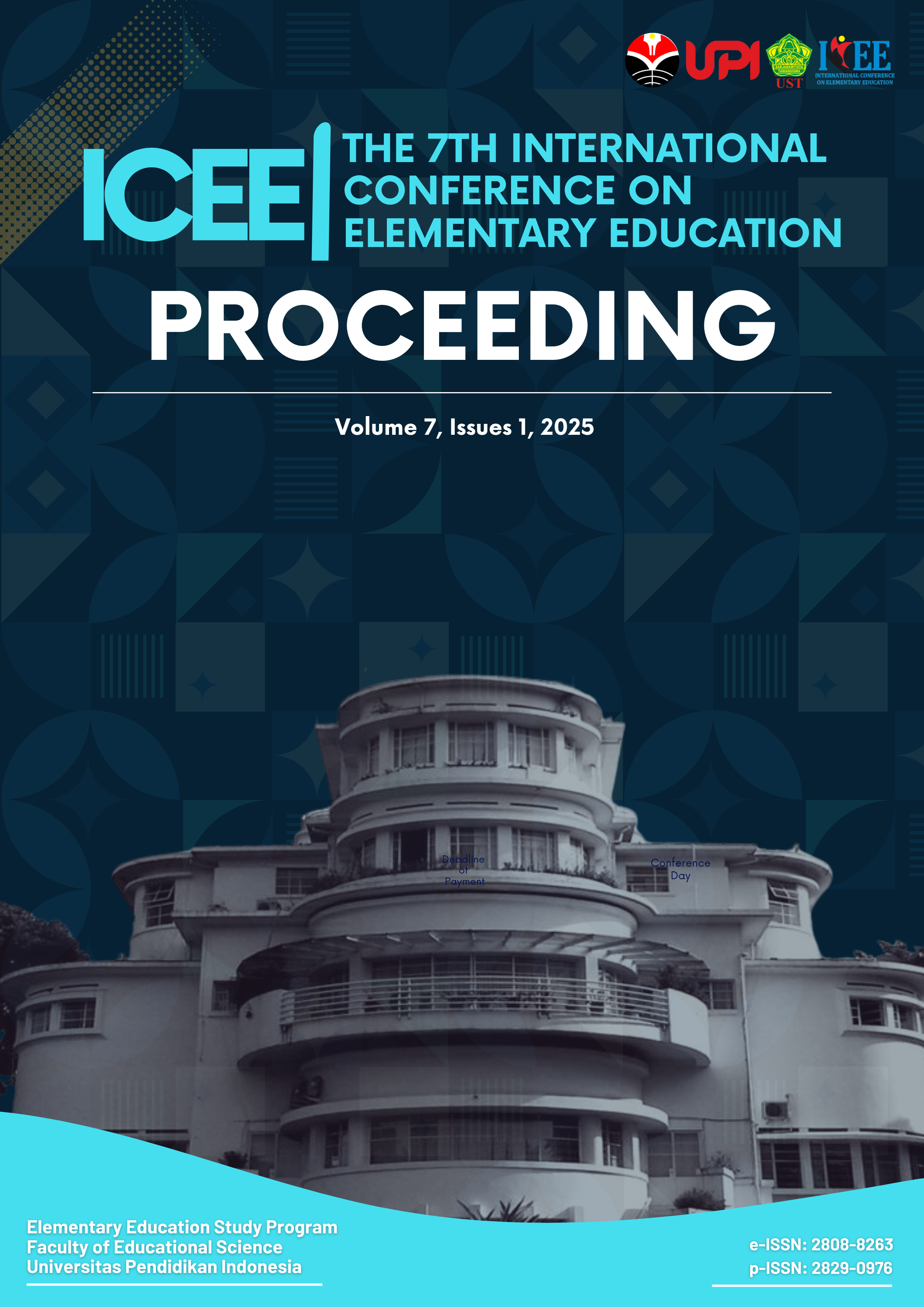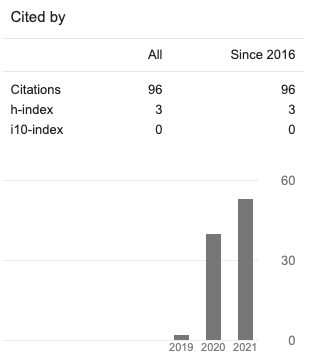Increasing Student Learning Motivation Through Interactive Learning Based On Kahoot
Abstract
The use of technology in education has become the main focus in efforts to increase student learning motivation. One learning tool that is becoming increasingly popular is Kahoot, a quiz-based platform that captures students' interest with an interactive approach. This research aims to evaluate the impact of using Kahoot on students' learning motivation at the secondary school level. A qualitative descriptive research method was used, by collecting data through literature studies using the Publish or Perish application and analyzing it using a qualitative descriptive approach. The results of the analysis show significant differences in student learning motivation between the group that used Kahoot-based learning and the control group. Students who engaged in Kahoot-based learning showed higher levels of participation, more active engagement, and greater interest in learning compared to the control group. The implication of these findings is that the use of Kahoot can effectively increase student learning motivation in elementary schools, providing a foundation for a more interactive and engaging learning approach. Future research is recommended to further explore the factors that influence the effectiveness of Kahoot in increasing students' learning motivation as well as explore the social and ethical implications of using technology in education. By taking these findings into account, educational practitioners can enrich students' learning experiences and create more dynamic and student-oriented learning environments.
Copyright (c) 2025 Beli Beli, Tatang Herman

This work is licensed under a Creative Commons Attribution 4.0 International License.















